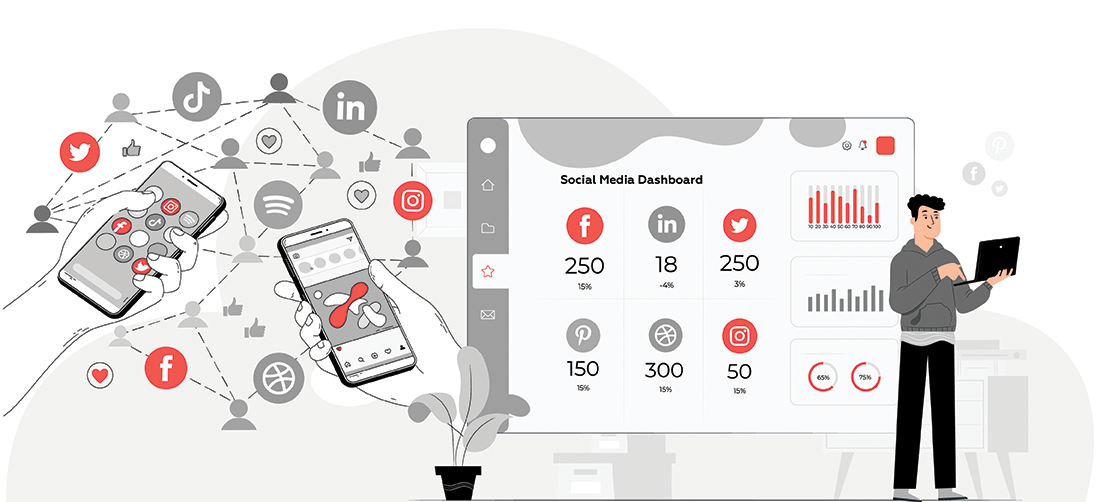Table Of Content
- 1. How In-App Advertising Works
- 2. The Mechanics of In-App Advertising
- 3. Types of In-App Advertising
- 4. Benefits of In-App Advertising
- 5. Best Practices for In-App Advertising
- 6. Future Trends in In-App Advertising
- 7. Advertising Services Offered by Excellent Publicity on In-App Platforms
- 8. Conclusion
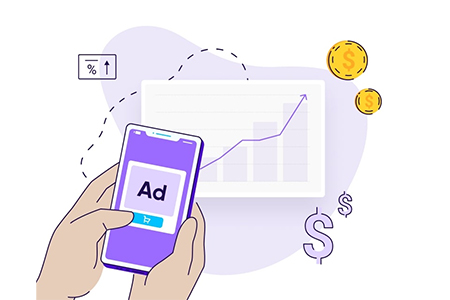
In-app advertising is a brilliant way for businesses to generate money by showing ads to users while they interact with mobile applications. The outcome of this strategy will lead to better user engagement with ads. But the most important thing is that the ads should improve the experience of the user and have relevance to what users want to see. If the ad interrupts the experience or doesn't have relevance, users will lose interest and eventually stop using the app.
This article will explore how in-app advertising works and the key trends that shape its success. We will talk about everything from types of in-app advertising to the best practices for it.
How In-App Advertising Works?
This is how In-App Advertising works. In-app advertising establishes a conduit for app users, developers, and advertisers. The ad platform is integrated into the app developed by the developers, allowing In-App Advertising to match the appropriate ads with the users using factors such as user behavior, location, and interests. Upon opening the app, the In-App Advertising platform shows ads in line with the user's preferences, which makes the ad experience more organic and relevant to the user. This targeting enhances the likelihood that the user will engage with the ad, which helps In-App Advertising perform better and can make the advert of more value to the end user.
The Mechanics of In-App Advertising
These ads come in flavors that are suited to how the user interacts. Some of the most common ad formats include:
Banner Ads: Small ads are displayed on the top or bottom of the screen of an app. They are not interruptive as they appear on the screen as a user is navigating through the app. So, these ads are quite simple and efficient for the brands to reach the eyes of app users without any interruption to the experience of the users.
Interstitial Ads: Full-screen ads covering the full screen. It appears in natural breaks, like in the game where levels get completed or at the finish of a particular task. They are quite immersive as they capture all the user's attention. The user can close them, however, in case he's not interested. So, they're engaging but optional to the experience of the app.
Rewarded ads: Here, the user can view a short video or participate in an ad to be rewarded with an in-app prize such as extra lives, coins, or points. This format is popular mainly in gaming applications because it rewards the user for using their time by giving something of value.
Types of In-App Advertising
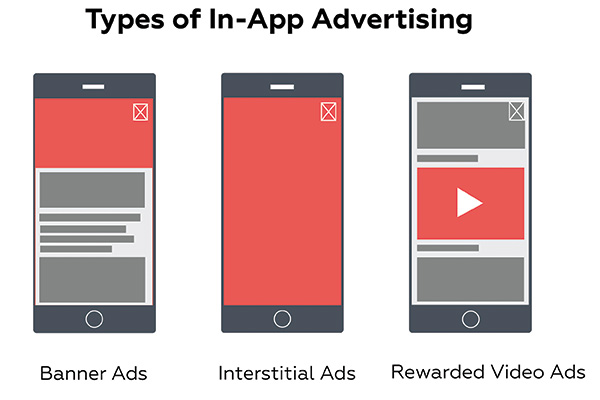
Banner Ads
Characteristics: Small, rectangular ads displayed at the top or bottom of the screen, commonly used in a non-intrusive manner.
Usage: Effective for brand visibility without disrupting user engagement, but generally has lower engagement than other formats.
Interstitial Ads
Characteristics: Full-screen ads are shown during natural pauses or transitions in the app, like between game levels.
Usage: Great for high visibility and impact, though timing is crucial to avoid disrupting the user experience.
Rewarded Video Ads
Characteristics: Users watch a short video to receive in-app rewards like extra lives or points.
Benefits: This format boosts engagement as users receive tangible benefits, which also positively impacts user retention and sentiment.
Benefits of In-App Advertising
Enhanced User Engagement
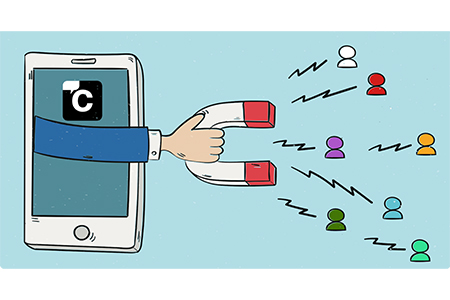
In-app advertising may improve interactivity for users by displaying ads that do not interfere with the functionality of the app. As such, if In-App Advertising is well-placed and consistent with the general themes of the app, consumers will be more likely to interact with ads than view them as something intruding on their usage time. Reward-based In-App Advertising, such as watching a short video for bonus points, is a popular method used through gaming applications. Spotify can use In-App Advertising between tracks to entice the subscription of paid services while allowing the user to still have an interactive experience at the same time by doing something in line with what they're doing on the app. Very successful In-App Advertising should be natural; it doesn't break users' flow or provide them with any reasons to act but to go on interacting.
Targeted In-App Advertising
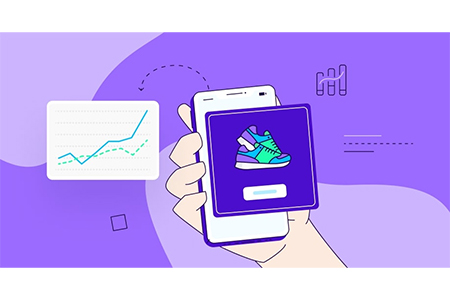
The largest benefit from In-App Advertising is targeting. Collecting data through mobile applications has enabled them to find out the behaviors, preferences, and demographics of users, therefore, making the ads shown to the consumers through such channels more likely to be relevant. Analysis of user behavior will enable the advertisers to find such targeted audiences and develop their own In-App Advertising that meets the pattern. For instance, an advertisement for exercise gear will be much more effective if shown to users using a health application. By making use of analytics, the advertisers can serve In-App Advertising to the appropriate target group, thereby leading to greater click-through rates and engagement. This kind of targeting not only helps the advertisers but also improves the user experience because they will be exposed to ads that are more relevant to their interests.
Revenue Generation for App Developers
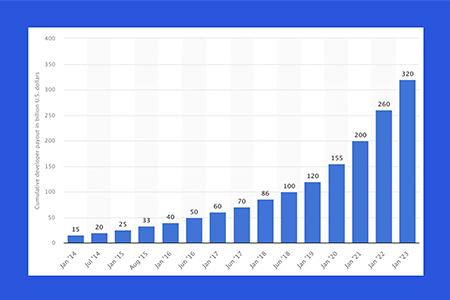
In-App Advertising revenue is another source of earnings for most developers. Through this, the apps need not necessarily cost money to make money. The more the user attraction, the higher. This means that income from the ad can turn out to be a pretty stable affair if the In-App Advertising is integrated into the applications without really impairing the UX. In comparison, In-App Advertising does not demand money from users as other monetization methods like in-app purchases do, thus allowing a wider range of audiences. In-App Advertising generates revenue only from a few users while In-App Advertising can produce revenue from a larger range of users. For instance, free-to-play games often use In-App Advertising together with in-app purchases to increase earnings; they give the users choices and do not compel them to pay.
Best Practices for In-App Advertising
Balancing User Experience and Monetization
In-app advertisements are one of the sources of revenue for mobile applications. However, in-app advertisements should not interfere with a user's experience. Here are some best practices in creating successful in-app advertising: advertise in areas that will least likely interfere with the contents themselves. For instance, the bottom placement of the advertisements on the screen may show more but less invasive of its content. Another alternative is the use of native ads. Native ads are integrated into the content of the app and are more organic to the user.
Another important factor is timing. Showing ads at the right times can make them more effective. Showing an ad after the user completes a level of a game, might be like a reward for them. This will make users more accepting of ads. This also includes managing the frequency of the ads that users see. Too many ads can irritate users and make them uninstall the app. The best rule of thumb is to limit the frequency of the ads so that users do not get bored or annoyed.
Testing and Optimization
Testing is important for improving the performance of in-app ads. One useful technique here is A/B testing, which essentially means that you present two different ad formats to different groups of users. After the comparison of results from these two formats, it's easy to determine that one ad format works better than the other. It can be a video ad tested against a banner ad by measuring which one obtains more clicks.
Analytics can help fine-tune in-app advertising. Analytics tools monitor user behavior and ad performance. In the data, one finds patterns. You see which ads the users like and which they ignore. Armed with such information, you can adjust your ad strategy. Optimization of ads according to data leads to better results and higher revenue.
Staying Compliant with Regulations
In-app advertising needs to heed privacy laws and advertising standards. Regulations like GDPR and CCPA protect user data and privacy. Most of these laws require that users know how their data will be utilized. Before collecting data for advertisement, you should receive permission from the users. This is by first informing them that data is being collected and providing users with an option to opt in.
Another critical aspect is transparency. Information about ads and data usage should be readily available to users. Being transparent and clear helps gain the trust of users. If users feel safe, they are likely to interact with ads. All these help in building a healthy relationship between users and advertisers, helping all the parties involved in in-app advertising.
Future Trends in In-App Advertising
Advancements in Ad Technology

In-app advertising is changing fast. New ad formats are emerging, which makes ads more engaging. Interactive ads allow users to participate, which increases interest. For example, ads may include games or polls. This kind of engagement keeps users active and makes the ads memorable.
Programmatic advertising is also on the rise. This technology automates the buying and selling of ads in real time. It lets advertisers reach their audience better through in-app advertising. The advertisers can target the users based on their behavior and preferences. This means the ads are more relevant and have a higher chance of interacting with the user.
The Role of Artificial Intelligence

In-app advertising is evolving with the help of artificial intelligence. AI helps brands understand user behavior better. It analyzes data to find out what users like. This information allows for smarter targeting in in-app advertising. Ads become more personalized, and thus, the engagement rate is higher.
In-app advertising strategies will be driven more by AI in the future. Advanced algorithms that could predict user preferences will arise. Brands can then begin building ads that relate to users because those predictions will better create a more bespoke ad experience. This leads to a better user experience and more conversions.
The change will come to in-app advertising as technology advances. Brands, thus, need not be against change as they have a better prospect of influencing their audiences at the time of change. New Ad Formats and Utilization of AI for Targeting. Campaigns can better work in the hands of advertisers. The future is rosy for in-app advertising since there is an opportunity for innovation and an upsurge in growth rates.
Advertising Services Offered by Excellent Publicity on In-App Platforms
Excellent Publicity helps your brand connect with its targeted audience through powerful in-app advertising strategies. Our services include Instagram advertising, Hotstar advertising, and Snapchat advertising, utilizing popular platforms such as Snapchat, Instagram, YouTube, and Hotstar to ensure the right message reaches the correct people at the right time. We create eye-catching ads that blend into user content so that we capture attention through engaging images and fun formats like stories and discover ads. Our teams know how to make the brand stand out in these fast-paced environments.
We're leveraging our strength with amazing pictures and videos on Instagram to speak to your customers. Great feed posts, Instagram Stories, and Reels all are fantastic methods for telling the story of your brand and reaching the potential customer who may be in the mood for something more.
We understand YouTube, so we craft video advertisements entertaining and informative for complete locking. To target the right audience with your content for maximum engagement with your brand.
Lastly, on Hotstar, we've used premium content to showcase your brand to an engaged audience. Strategic placements during popular shows and events help maximize visibility and impact.
Conclusion
In conclusion, in-app advertising is vital for businesses today, helping them connect with their target audience effectively. By placing ads within mobile apps, companies can engage users in a way that feels natural and enhances their experience. This strategy not only increases brand awareness but also drives sales.
Excellent Publicity focuses on making the most of in-app advertising services. We offer targeted ad placements, performance tracking, and custom content creation, ensuring campaigns are effective and reach the right audience. By working with Excellent Publicity, your business can fully utilize our advertising services to grow and strengthen its connection with customers.
FAQs
The main types of in-app advertising include banner ads, interstitial ads, rewarded video ads, and native ads. Banner ads appear at the top or bottom of the screen, interstitial ads are full-screen ads shown during transitions, rewarded video ads offer incentives for watching, and native ads blend in with app content.
In-app advertising can generate revenue, allowing you to monetize your app effectively. It can enhance user engagement through interactive ads and improve app visibility. Additionally, it helps in gathering user data to optimize ad targeting, leading to better conversion rates and user retention.
In-app advertising can be effective for various app types, but its success varies based on the audience and app category. Games often benefit from rewarded video ads, while utility apps may prefer banner or native ads. Understanding your target audience is key to choosing the right ad format.
To get started with in-app advertising, first, choose an ad network that fits your app’s needs. Next, integrate the ad SDK into your app and set up ad placements. Monitor performance metrics to optimize ads over time, and adjust strategies based on user feedback and engagement levels.
Common pitfalls in in-app advertising include overwhelming users with too many ads, using intrusive formats, and neglecting user experience. Failing to target the right audience or not analyzing performance data can lead to poor results. Always prioritize user satisfaction to maintain engagement and retention.


